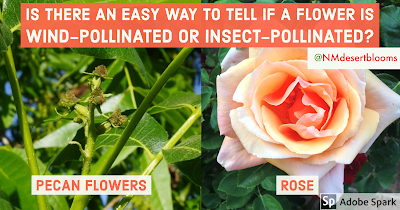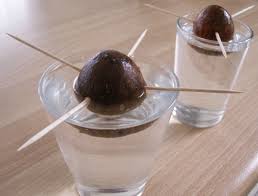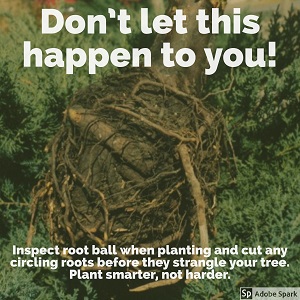Guessing Pollination Strategy Based on Flower Power

Southwest Yard & Garden by Marisa Thompson, NMSU Extension Horticulture Specialist Question: Is there an easy way to tell if a flower is wind-pollinated or insect-pollinated? - Leah M., Albuquerque Answer: This question is a good one because the answer is beautiful. Big, fragrant, flamboyant flowers are a good indicator that an insect or other animal pollinates the plant. When the flowers are tiny, lacking color, and inconspicuous and might be even be considered ugly, they are likely wind-pollinated. Vectors for pollination can be biotic (e.g., insects, bats, birds, humans) or abiotic (e.g., wind, water, self-pollination). The flower scent, shape, and color and the timing of bloom can give clues to which insects are involved in pollination. Flowers that reek like dead flesh attract flies. Night-bloomers are often pollinated by nocturnal animals like moths and bats. Generally speaking, bee- and butterfly-pollinated species tend to have flowers with b

